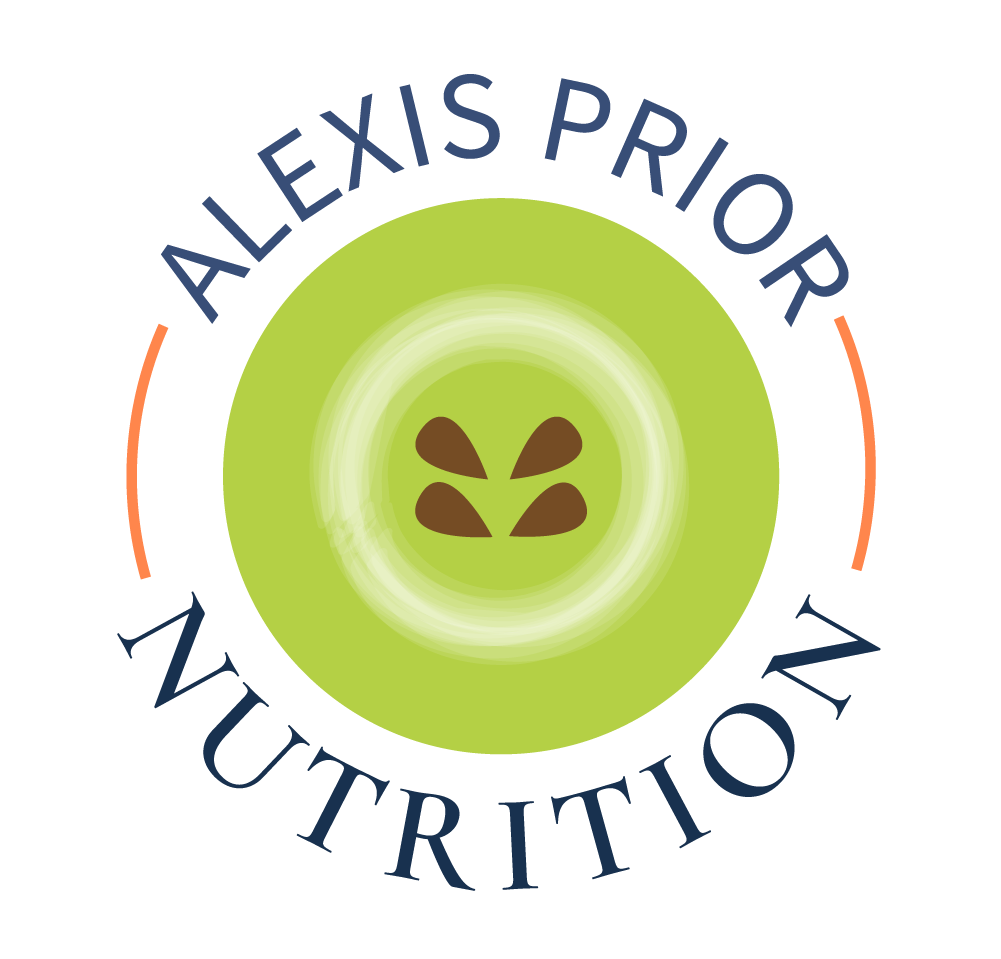BEAUTIFUL BRASSICAS – A GIRL’S BEST FRIEND?
There are some foods that deserve their 'superfood' status and the brassica vegetables are arguably at the top of the list. So what are they, and why are they great, especially for female health? The following is a brief and simple overview.
Brassica vegetables, or cruciferous vegetables actually belong to the mustard family. The most well-known include broccoli, cauliflower, kale, cabbage, pak choy and Brussel's sprouts
They are rich in a number of compounds that are protective for health.
They are rich in soluble fibre important for healthy bowel movements, which is an essential route for detoxification of old hormones, toxins, cholesterol etc that the liver has made ready for excretion.
They are rich in vitamins and minerals including Vitamin C, beta-carotene, folate, magnesium, calcium, potassium, vitamin K, iron and selenium.
They are rich in sulphur-containing compounds that are reported to be cancer protective, detoxification supportive and heart protective. These include indole-3 carbinols, glucosinolates.and sulphurophanes
When it comes to female health, all of the above are essential, however the indole-3-carbinols are of particular importance when we're considering oestrogen balance and metabolism.
As we are probably more than aware, oestrogen imbalances can underpin menstrual difficulties, fertility issues, and peri-menopausal symptoms, and have been linked to hormone sensitive cancers and conditions such as endometriosis, PCOS and fibroids. However, it's not only the amount of oestrogen, or the fluctuations that can cause health issues, but how our body prepares it for excretion, that is to say, how it is metabolised and detoxified.
Our bodies produce oestrogen predominantly in the ovaries, adrenal glands and fat tissue in the forms of oestrodiol, oestrone and oestriol. After they have done their job, hormones need to be excreted by the body and converted into oestrogen metabolites. Key metabolites include 2-OH, 4-OH and 16-OH oestrogens. 2-OH is the preferred metabolite. 16-OH in high amounts has been linked to an increased risk of oestrogen sensitive cancers, and 4-OH can also damage DNA.
So where do brassicas fit in? Because of their amazing sulphur containing compounds, they help our bodies produce more of the healthy 2-OH oestrogen! Need we say more.
So, are there any downsides? If you are suffering with thyroid dysfunction you may be aware that brassicas contain substances called goitrogens which can disrupt thyroid hormone production. However, once brassicas are cooked, the levels of goitrogens are vastly depleted, so regular consumption up to 1-2 portions of cooked brassicas a day shouldn't be a problem.
So how do we get more brassicas in our lives?
Simple steamed veg, drizzled with some extra virgin olive oil.
Broccoli and cauliflower rice - Blitz some florets until they resemble rice, then sweat them out in a frying pan with some extra virgin olive oil, a dash of water and your spice of choice. I like cumin seeds and turmeric with cauliflower.
Shredded Brussels sprouts - quicker to cook than whole sprouts and great in a stir fry
Sauerkrafut - fermented cabbage - both white and red cabbage are delicious - buy raw versions from good health food stores and farmers markets, or make your own. This is a probiotic food which supports the health of your friendly gut bugs - a super superfood!
Advances is functional laboratory testing mean that we can measure metabolites of oestrogen and I use dried-urine testing in my clinics (the DUTCH test). If you would like to know more about this and would like to know how this might help you, please call me on 07909 732017 or email me on alexis@alexispriornutrition.com
For all issues related to peri-menopause, you can also join my private Facebook Group, Hot Women - A Positive Approach to Menopause, a support group for
